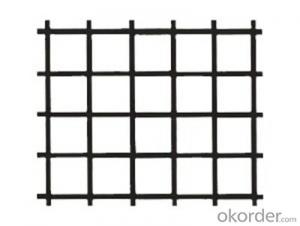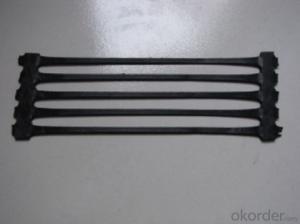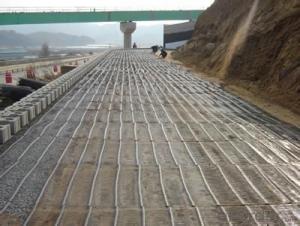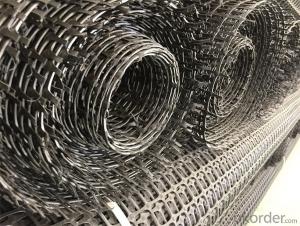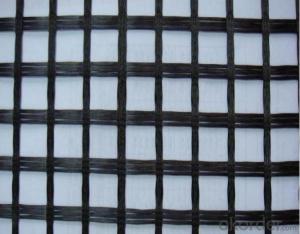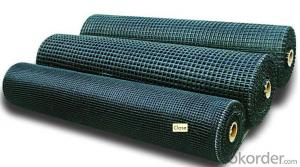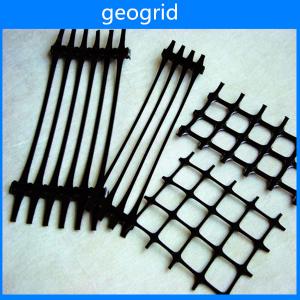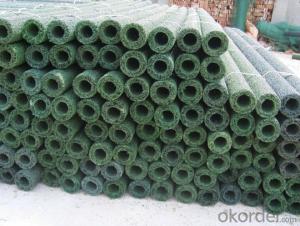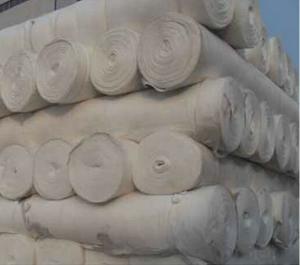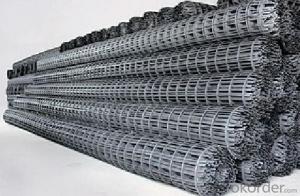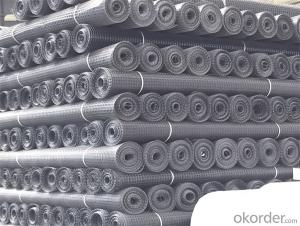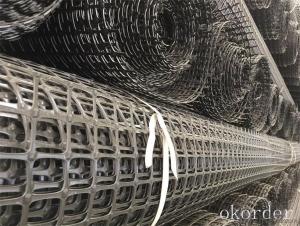All Categories
- - Steel Wire Rod
- - Steel Coils
- - Steel Profiles
- - Steel Pipes
- - Stainless Steel
- - Tinplate
- - Special Steel
- - Steel Sheets
- - Steel Rebars
- - Steel Strips
- - Hot Rolled Steel
- - Cold Rolled Steel
- - Pre-painted Steel
- - Seamless Steel Pipe
- - Welded Steel Pipe
- - Hollow Steel Tubes
- - Galvanized Pipe
- - Stainless Steel Coil
- - Stainless Steel Sheet
- - Stainless Steel Plate
- - Stainless Steel Strips
- - Electrolytic Tinplate Coil
- - Electrolytic Tinplate Sheet
- - Stainless Steel Rebars
- - Solar Panels
- - Solar Water Heater
- - Solar Related Products
- - Solar Inverter
- - Solar Cells
- - Solar Light
- - Solar Energy Systems
- - Solar Controllers
- - Solar Mounting System
- - Solar Pump
- - Solar Chargers
- - Fiberglass Chopped Strand
- - Fiberglass Mesh Cloth
- - Composite Pipes
- - FRP Pultrusion Profiles
- - Fiberglass Mat Tissue
- - Fiberglass Fabrics
- - Fiberglass Mesh
- - Composite Tank
- - Fiberglass Mesh tape
- - Polymer
- - FRP Roofing Panel
- - Fiberglass Roving
- - Monolithic Refractories
- - Ceramic Fiber Products
- - Refractory Bricks
- - Raw Materials For Refractory
- - Suspended Platform
- - Cranes
- - Concrete Machinery
- - Earthmoving Machinery
- - Building Hoist
- - Road Building Machinery
- - Plastic Pipe Fittings
- - Plastic Tubes
- - Plastic Sheets
- - Agricultural Plastic Products
- - Plastic Nets
 All Categories
All Categories
Q & A
Are there specific geogrids designed for use in coastal defense systems to protect against erosion and storm surges?
Yes, there are specific geogrids designed for use in coastal defense systems to protect against erosion and storm surges. These geogrids are typically made from high-strength materials such as polyester or polypropylene and are specifically engineered to provide stability and reinforce coastal structures. They are used to reinforce and strengthen revetments, seawalls, breakwaters, and other coastal defense structures, helping to prevent erosion and minimize the impact of storm surges on coastal areas.
How do geogrids assist with the mitigation of liquefaction in seismic-prone areas?
Geogrids assist with the mitigation of liquefaction in seismic-prone areas by providing reinforcement and stabilization to the soil. These high-strength, synthetic materials are installed within the ground to enhance its strength and improve its ability to withstand the shaking caused by earthquakes. Geogrids help distribute the load more evenly, reducing the buildup of excess pore water pressure and preventing the liquefaction of soil. They effectively reinforce the ground, increasing its resistance to lateral movement and enhancing overall stability, thereby minimizing the risk of damage and potential hazards associated with liquefaction in seismic-prone areas.
Are geogrids suitable for use in erosion control mats?
Yes, geogrids are suitable for use in erosion control mats. Geogrids provide reinforcement and stabilization to the soil, preventing erosion by distributing loads and enhancing the overall strength of the mat. They are effective in controlling erosion in various applications such as slopes, embankments, and riverbanks.
What are the different types of geogrids available?
There are several types of geogrids available, including uniaxial geogrids, biaxial geogrids, and triaxial geogrids. Uniaxial geogrids have strength in only one direction and are typically used for soil reinforcement in retaining walls and slopes. Biaxial geogrids have strength in both the longitudinal and transverse directions, making them suitable for applications such as soil stabilization, pavement reinforcement, and erosion control. Triaxial geogrids have additional strength in the diagonal direction, providing enhanced reinforcement for heavy-duty applications such as railway and roadbed construction.
Wholesale Geogrids from supplier in Bhutan
Whether you are working on road construction, slope stabilization, or soil reinforcement projects in Bhutan, our Geogrids products are designed to meet the highest industry standards and provide reliable and long-lasting solutions. We offer a wide range of Geogrids, including uniaxial and biaxial Geogrids, that are suitable for various applications.
Our team of experienced professionals is committed to providing excellent customer service and support throughout the entire procurement process. From assisting you with product selection and providing competitive quotations to offering technical guidance and advice, we are dedicated to ensuring your project's success.
As a subsidiary of CNBM, one of the largest building materials companies in the world, we have access to a vast network of resources and expertise. This enables us to offer competitive prices, reliable delivery, and high-quality Geogrids products to our customers in Bhutan.
With our in-depth knowledge of the Bhutan market and understanding of local regulations and requirements, we can provide valuable insights and recommendations for your specific projects. Whether you are a contractor, engineer, or government agency, we are here to support you and help you achieve your project goals.
Contact us today to learn more about our Geogrids products and services in Bhutan. Let us be your trusted partner for all your Geogrids procurement needs.
Our team of experienced professionals is committed to providing excellent customer service and support throughout the entire procurement process. From assisting you with product selection and providing competitive quotations to offering technical guidance and advice, we are dedicated to ensuring your project's success.
As a subsidiary of CNBM, one of the largest building materials companies in the world, we have access to a vast network of resources and expertise. This enables us to offer competitive prices, reliable delivery, and high-quality Geogrids products to our customers in Bhutan.
With our in-depth knowledge of the Bhutan market and understanding of local regulations and requirements, we can provide valuable insights and recommendations for your specific projects. Whether you are a contractor, engineer, or government agency, we are here to support you and help you achieve your project goals.
Contact us today to learn more about our Geogrids products and services in Bhutan. Let us be your trusted partner for all your Geogrids procurement needs.

